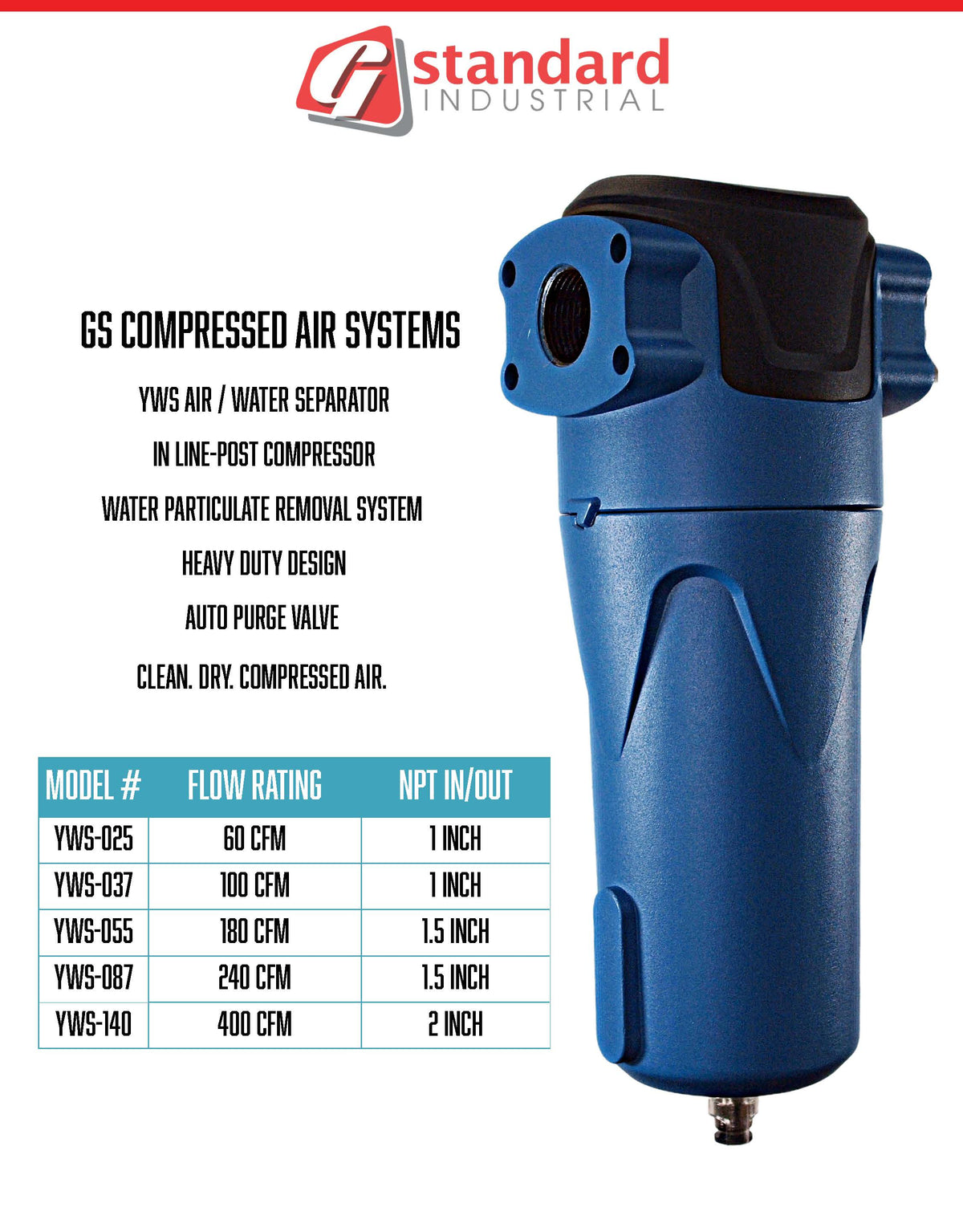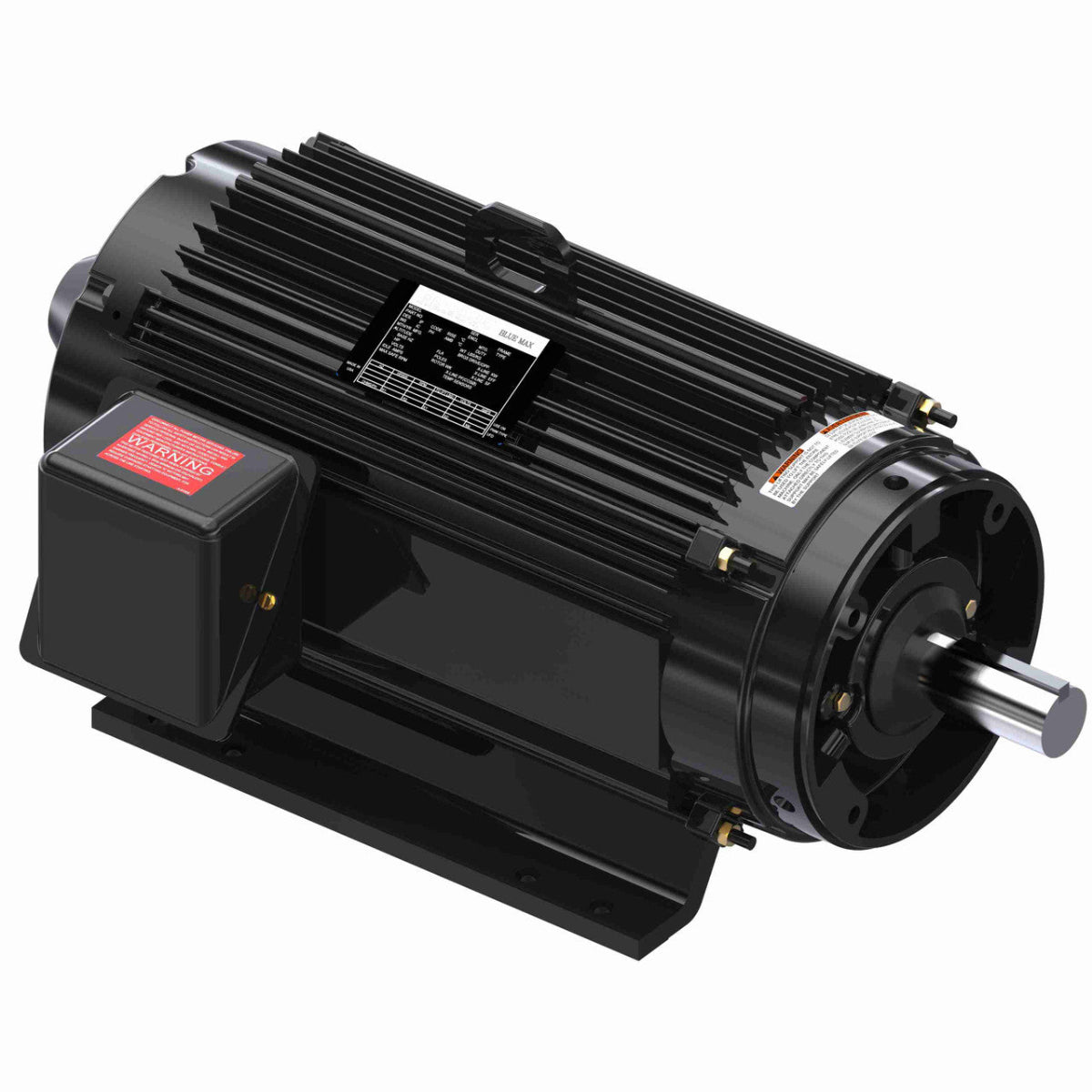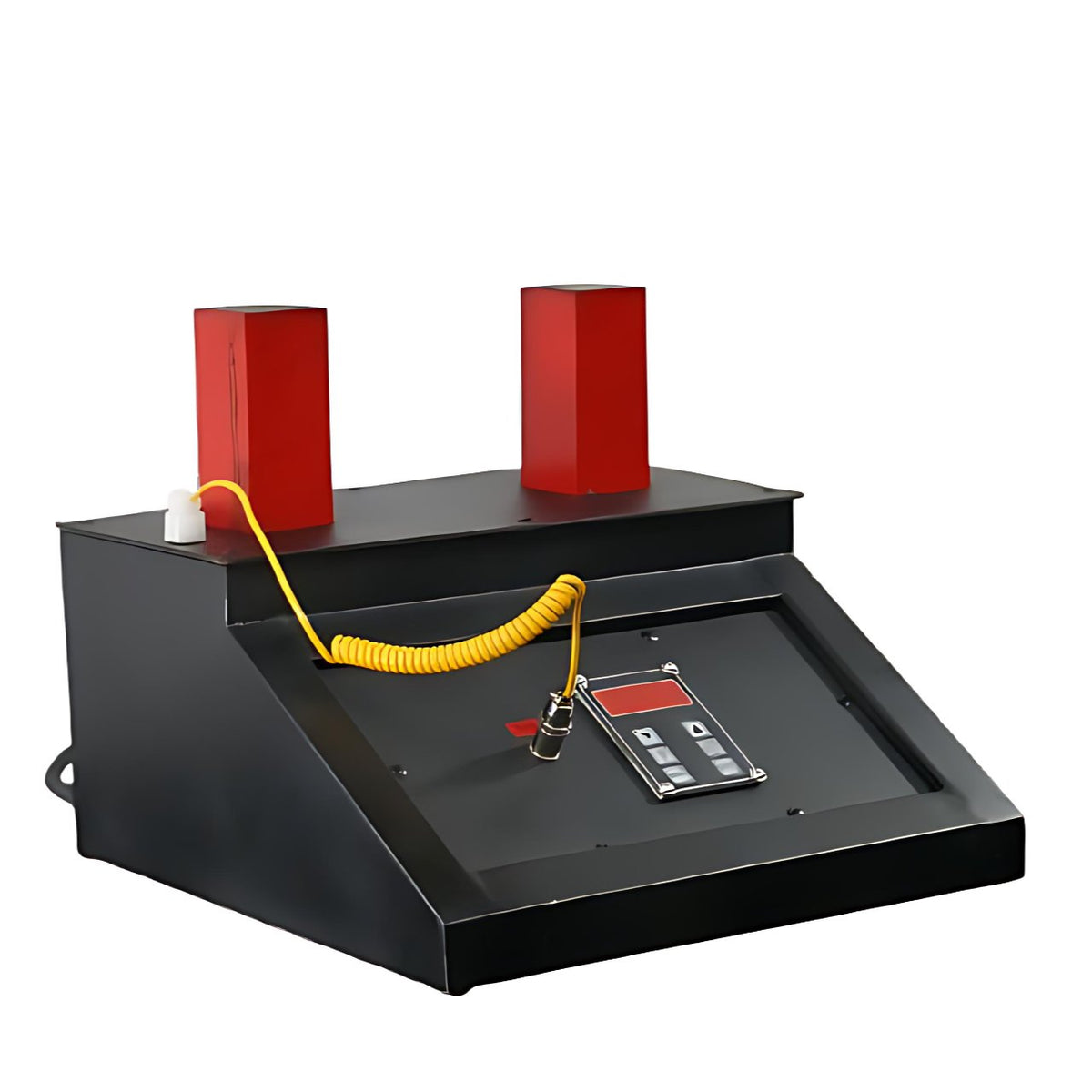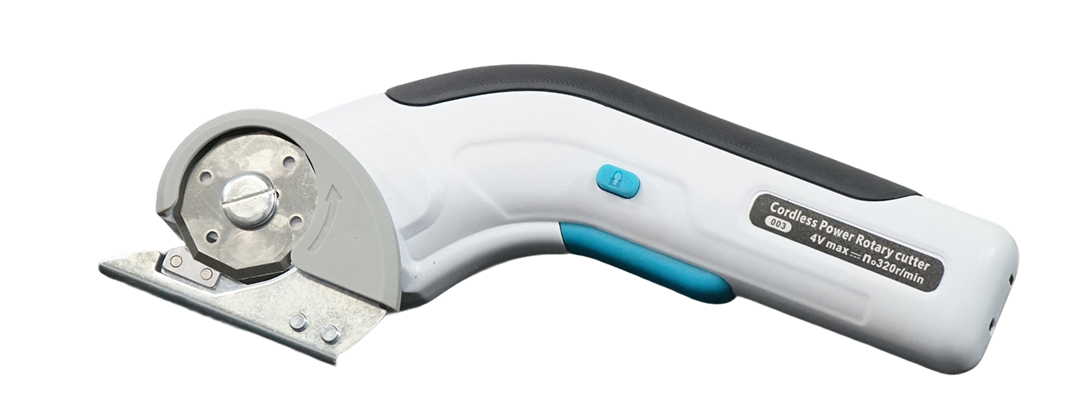Author: Noah Gilbertson
Presented by: G Standard Industrial
Air leaks are the single largest source of waste in most compressed air systems, often accounting for 20-30% of a compressor’s output. This wasted air represents pure energy loss, forcing compressors to run longer and work harder, driving up electricity costs and carbon emissions. A proactive leak management program is one of the most cost-effective efficiency measures a facility can implement.
Step 1: Understand the Cost of Leaks
A small leak has a large cost. A single 1/8-inch (3mm) orifice at 100 psi can waste over 10 CFM of compressed air. If electricity costs $0.10 per kWh, that one leak can cost over $1,000 per year to power.
Step 2: Implement a Leak Detection Program
Leaks are often inaudible and can occur anywhere in the system. A systematic detection program is essential.
-
Ultrasonic Leak Detectors: The most effective tool. These devices detect the high-frequency sound produced by air escaping under pressure. They can pinpoint leaks from a distance, even in noisy environments, and are easy to use.
-
Soapy Water Method: A simple, low-cost method. Apply a soap solution to suspected areas (connections, joints, hoses, fittings). Bubbles will form at the leak source. This is effective but time-consuming and messy.
-
Regular Auditory Inspections: During quiet times (e.g., nights, shutdowns), listen for the distinct hiss of air leaks. Tag any leaks found immediately.
Step 3: Identify Common Leakage Points
Focus inspection efforts on these high-probability areas:
-
Couplings, Hoses, Lines, and Fittings: The most common source. Check for worn Swagelok-type fittings, loose clamps on hose connections, and damaged pipes.
-
Pipe Joints: Especially at elbows, tees, and unions that are under stress.
-
Shut-off Valves, Diaphragms, and Regulators: Worn seals and diaphragms inside these components can leak internally, even when in the "off" position.
-
Point-of-Use Connectors: Quick-disconnect couplers are notorious leakers if not maintained or if the O-rings are damaged.
-
Condensate Drain Traps: Faulty or stuck-open automatic drain traps can waste a tremendous amount of air. Electronic zero-loss drains are a good investment.
-
Old and Unused Equipment: Abandoned air lines that are still connected to the main system are often significant, hidden sources of leaks.
Step 4: Repair and Document
-
Tag It and Fix It: When a leak is found, tag it clearly and schedule its repair. Often, repairs are as simple as tightening a connection or replacing an O-ring.
-
Use Quality Components: When making repairs, use high-quality fittings, hoses, and seals. The minimal extra cost is quickly repaid by extended service life and reliability.
-
Log the Repair: Documenting leaks and repairs helps identify chronic problem areas and validates the savings from the program.
Step 5: Prevention and System Design
-
Proper Installation: Ensure all threaded connections are properly sealed with appropriate thread sealant (e.g., Teflon tape, pipe dope) and are not over-tightened.
-
System Design:
-
Use loop-style piping layouts to minimize pressure drop and provide more consistent pressure, which can reduce the driving force behind leaks.
-
Isolate non-production areas of the plant with shut-off valves to contain leaks when those areas are not in use.
-
-
Preventative Maintenance: Include leak detection as a regular part of the preventative maintenance schedule. A quarterly or semi-annual plant-wide survey is recommended.
-
Employee Engagement: Train operators to report leaks they see or hear and incentivize leak reduction.
A relentless focus on finding and fixing air leaks provides a rapid return on investment through direct energy savings. It also reduces the runtime on your rotary screw compressor, extending its life and deferring capital expenditure. G Standard Industrial can provide ultrasonic leak detection services and high-quality replacement parts to support your leak management program.
Sources for this Article:
-
U.S. Department of Energy. (2004). Improving Compressed Air System Performance: A Sourcebook for Industry. "Chapter 3: Compressed Air System Components: Leaks." DOE/GO-102004-1826. Retrieved from https://www.energy.gov/eere/amo/downloads/improving-compressed-air-system-performance-sourcebook-industry
-
Compressed Air and Gas Institute (CAGI). (n.d.). The Cost of Leaks. Educational Sheet. Retrieved from https://www.cagi.org/
-
Carbon Trust. (2011). Compressed Air: Minimising Energy Use and Cost. "Leakage." Retrieved from https://www.carbontrust.com/resources/compressed-air-minimising-energy-use-and-cost




0 comments